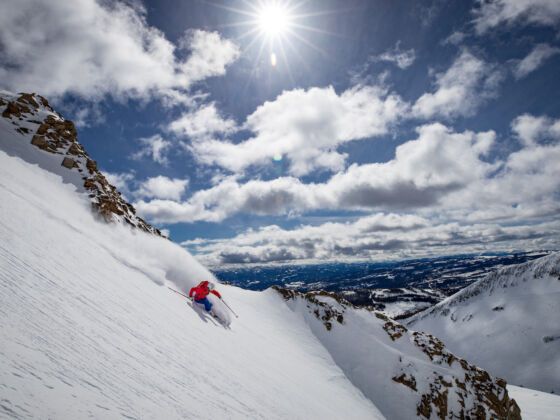In Yellowstone Country Montana, no one cares what kind of skis you ride. No one cares what your tags read or what brand falls down the length of your arm — there’s no one around to care. This is world-class skiing…without the rest of the world.
Here, carving turns is about getting deeper into the wilderness. It’s about finding fresh tracks over and over again, and — in 2020 — it’s about safety first, adventure second. When you need some vertical thrills away from the crowds, there’s no better place than Yellowstone Country. Here’s why.
1. The sky is big. The skiing is bigger.
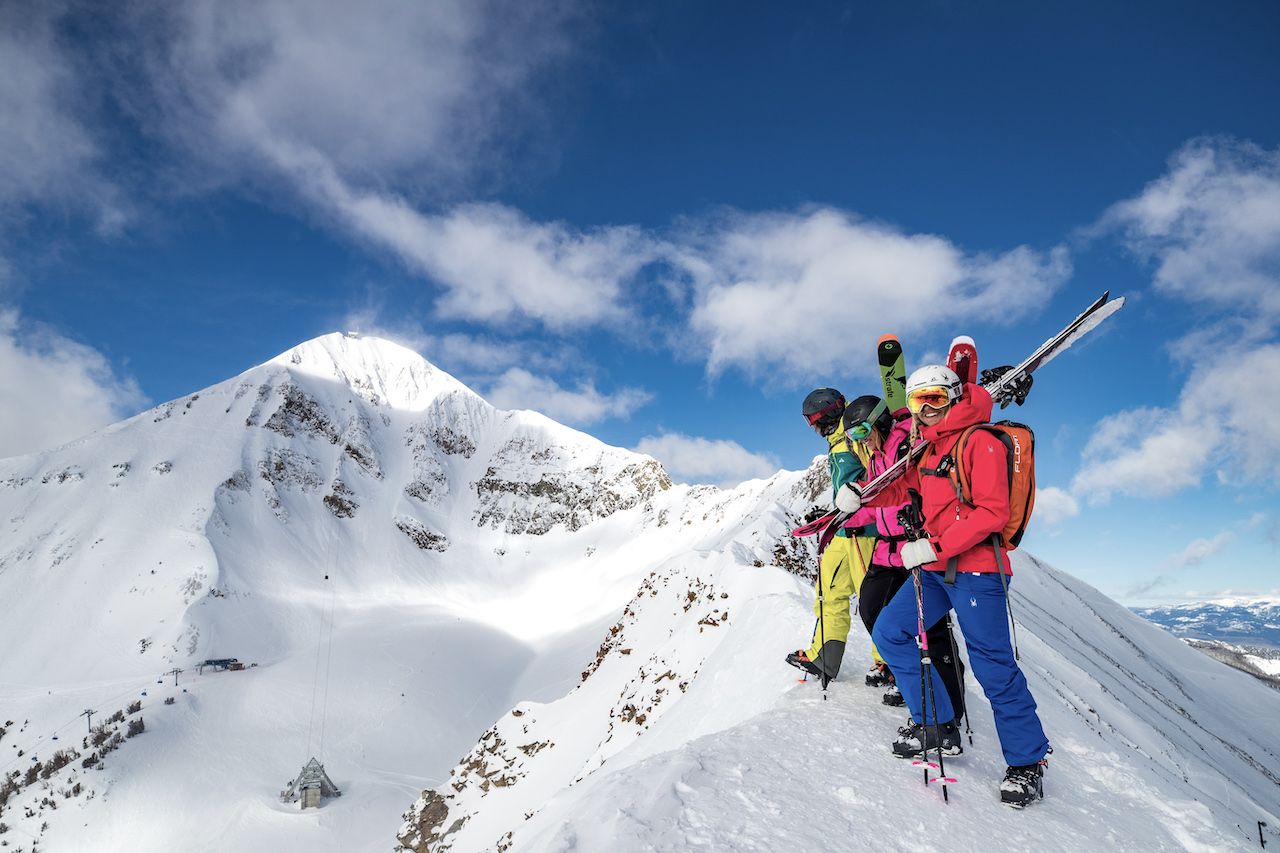
Photo: Jeff Engerbretson/Big Sky Resort
As the second-largest ski resort in the country, Big Sky Resort has more acreage than skiers — 5,850 acres of skiable terrain, to be exact. Not to mention 4,350 feet of vertical. Despite being on the Ikon Pass, there are no lift lines, no crowds, no waiting. Runs are up to six miles long, and a sunny, wide-open, 2,000 vertical-foot, powder-filled bowl sits beneath Lone Peak, ready to be carved (just note the double and triple black diamond designations before dropping in).
Though they can’t compare in size, Yellowstone Country’s two other downhill resorts are no less worthy of a trip: Bridger Bowl, famous for light powder and steep chutes, has 2,000 skiable acres spanning more than 2,600 vertical feet; and Red Lodge Mountain — on the eastern slope of Montana’s tallest range, the Beartooths — covers 1,635 acres and 2,400 feet of vertical. Each offers you a deep dive into the Montana wild.
2. It’s surprisingly affordable.
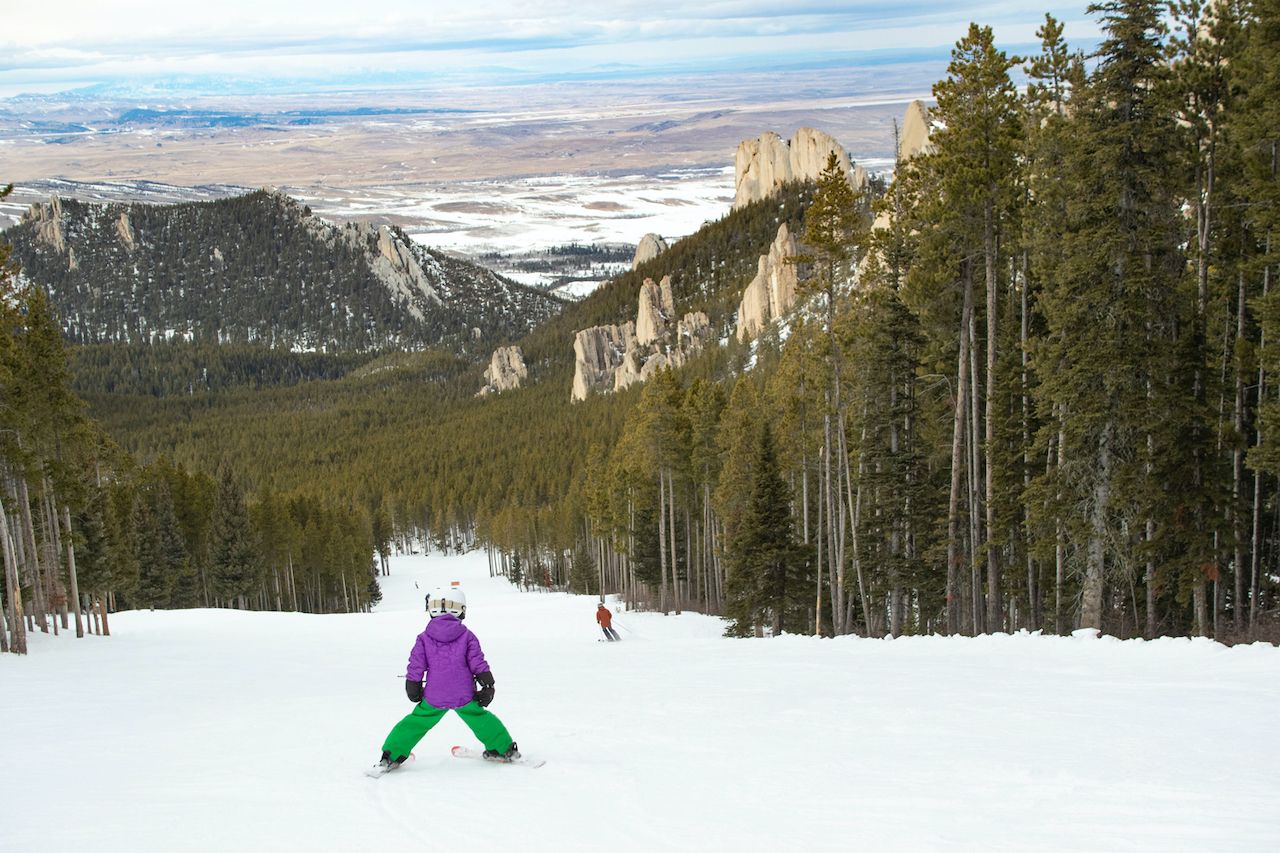
Photo: Red Lodge Mountain
Bridger Bowl, with arguably some of the most thrilling skiable terrain in the Rockies, has crazy-low package prices (three days for $175, what?!), no blackout dates, seven chairlifts, 75 marked runs (with many more unmarked), and two terrain parks. It’s only 30 minutes up the canyon from Bozeman, one of the world’s best ski towns. Here, you get the amenities of both a buzzy university town and an active mountain community — that means a lively après scene, great craft beer, and solid dining options to boot.
Red Lodge is also all about affordability and value. No glitz or glam here — just old-school Montana, despite it being the “basecamp of the Beartooths.” A totally down-to-earth historic mining town, Red Lodge is ideal for families looking for a getaway that’s quiet at the right times, a total adrenaline fest the next.
3. Big Sky’s food scene is exploding.
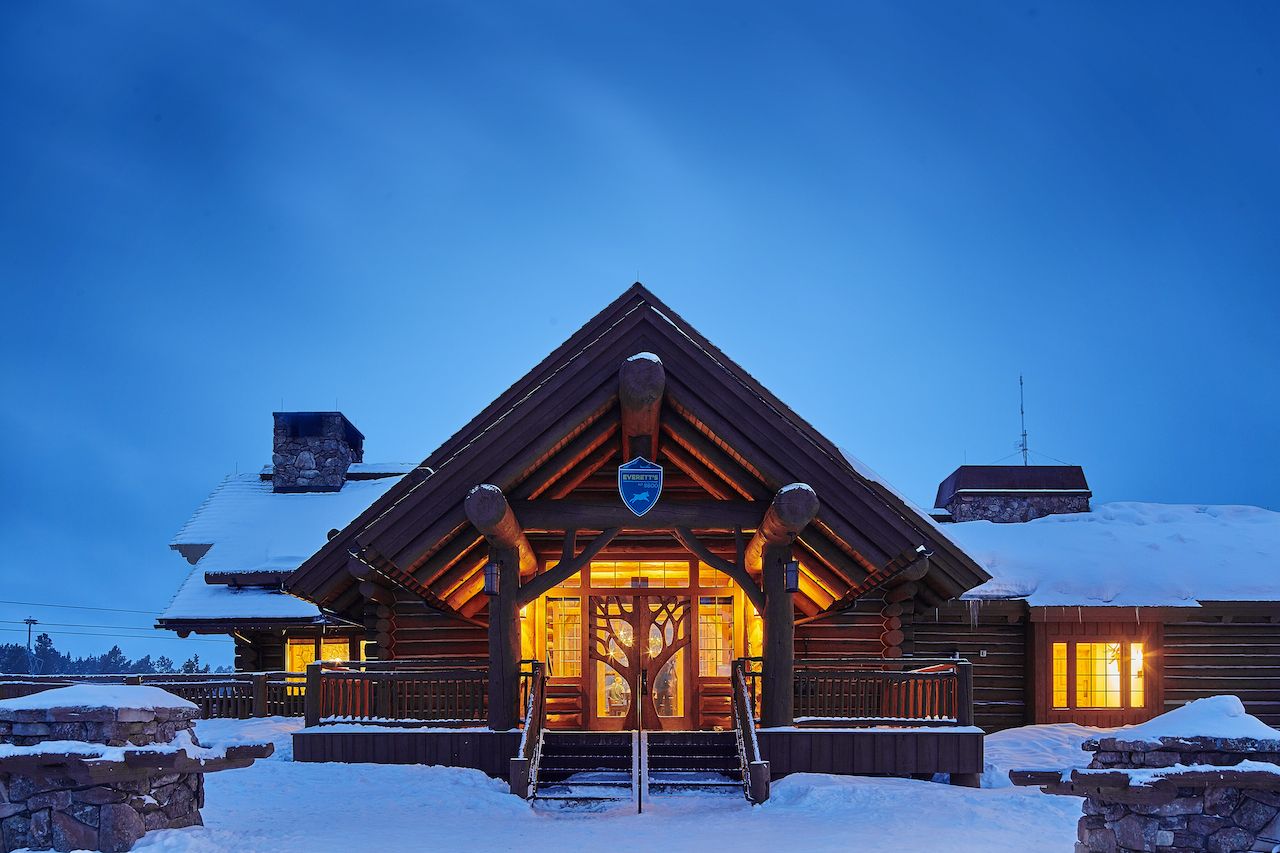
Photo: Ryan Day Thompson/Big Sky Resort
Fine dining has made the trek up Lone Peak. Though the area’s Wild West roots will always run deep — burgers, beers, boots, and flannels remain priority #1 at places like Headwaters Grille — newer, more elegant options are forcing a shared spotlight at Big Sky. Ride the heated Ramcharger 8 bubble lift up to Everett’s 8800 atop Andesite Mountain and grab a seat with views of Lone Peak (ideally next to a fireplace with a glass of red), or journey miles through the forest to get to the Montana Dinner Yurt, a semi-private, can’t-miss experience.
For the après scene, stop by Westward Social near the base of Ramcharger 8 for bar games, craft beer, and a modern take on barbecue. Or simply nab sushi and tacos in the upscale Vista Hall, a totally redefined food court in the “mountain-modern” aesthetic. And when you need them, Yeti Dogs will always be there.
4. The snowfall is constant.
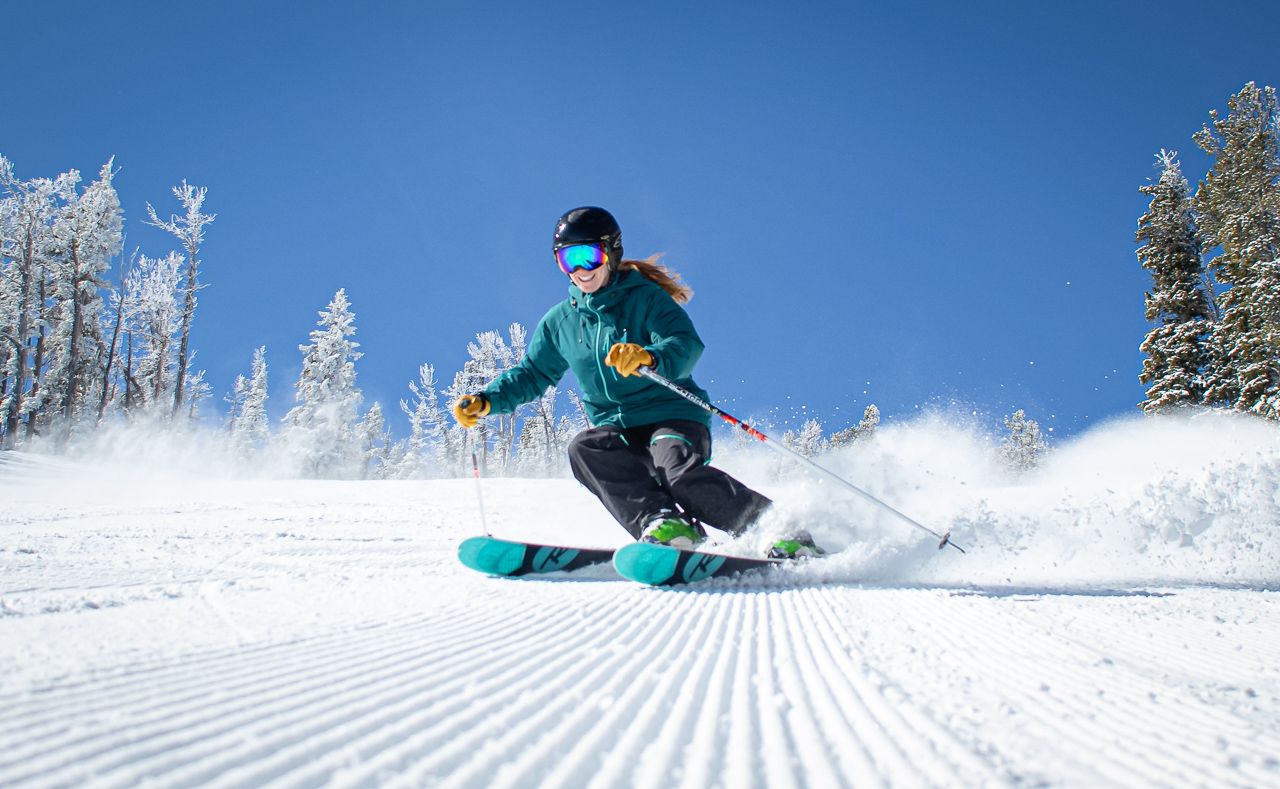
Photo: Red Lodge Mountain
Check this: Big Sky Resort sees 400 inches of annual snowfall. Bridger Bowl? 300. Red Lodge? 250. To keep pace, Red Lodge has snowmaking coverage on 28% of trails — the largest-capacity snowmaking system in Montana. In Yellowstone Country, there will practically always be plenty of powder to play with.
5. There are tons of options for beginners, intermediates, kids…
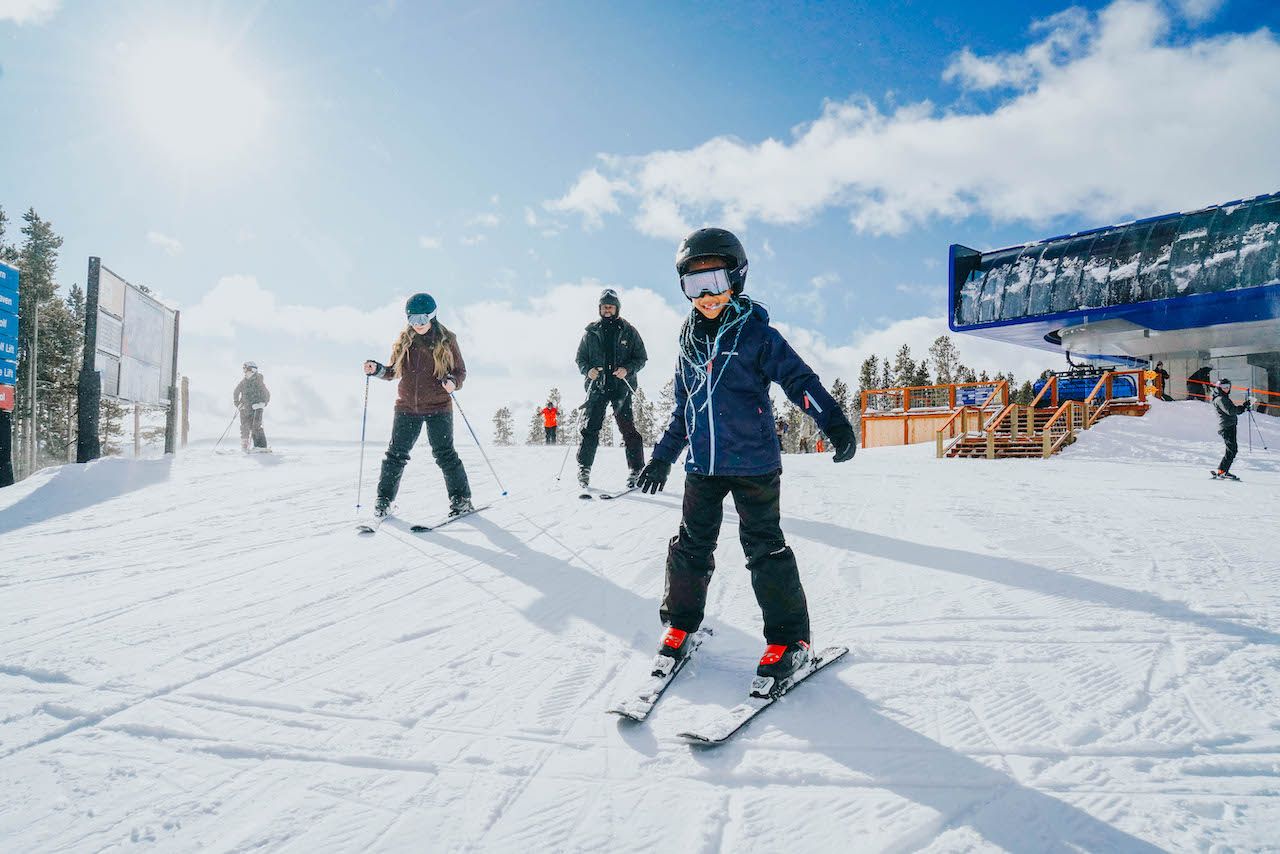
Photo: Justine Cranford/Big Sky Resort
Big Sky takes care of its beginners and especially its intermediates, with 2,300 blue acres, plenty of groomed cruiser and gladed runs, and a world-class ski school prepped to challenge — comfortably — those looking to work on their skills. Tons of fresh powder over a seemingly never-ending expanse means repetition simply doesn’t happen here, unless you can’t wait to try something again.
Bridger has four large bowls — two miles wide at the top — with expansive slopes, chutes, glades, and gullies; the lower you go, the more beginner-friendly you’ll get. Certified PSIA-AASI instructors offer public and private lessons every day of the week, getting riders of all abilities up and on their feet safely. Red Lodge, with 19% beginner and 25% intermediate runs, has two terrain parks and an excellent ski school for beginner and advanced riders as well.
6. …and experts, too.
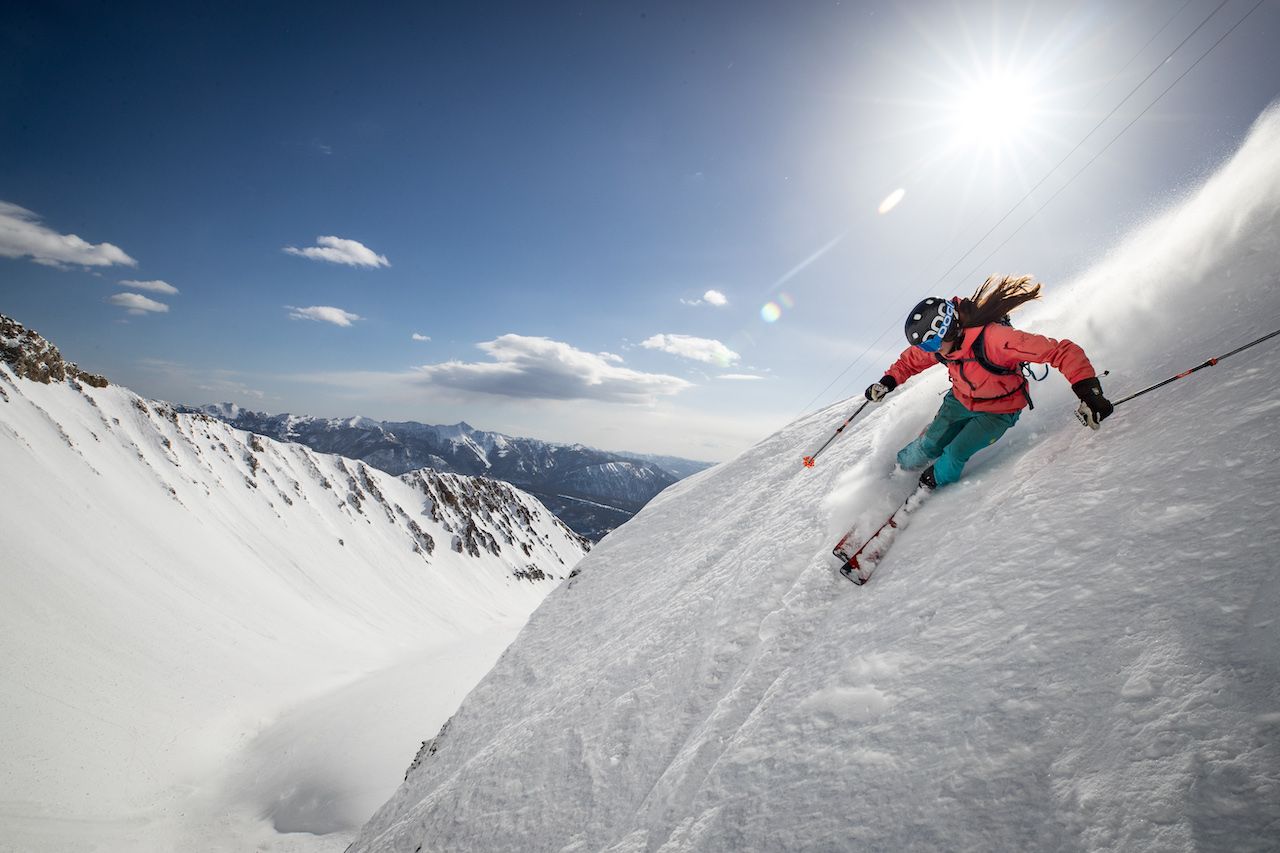
Photo: Jeff Engerbretson/Big Sky Resort
At 11,166 feet, Big Sky Resort’s Lone Peak towers above its Madison Range like the Matterhorn lords over the Alps — but the experts-only chutes down Lone’s slopes are like nowhere else. Opt for a First Tracks pass to be the first one on the mountain, gliding through the powder before anyone else.
Hard to believe, but Bridger Bowl’s Ridge Terrain rivals Big Sky. Rock cliffs and snowfields with no hazard markings present a different kind of thrill — one that requires an avalanche transceiver — and should only be attempted by true experts (in pairs) looking for the steepest chutes. Meanwhile, Red Lodge’s Lazy M run zooms you 2.5 miles down Grizzly Peak, elevation 9,416; the Ringer’s Run and Widow Maker trails might make your heart pound even faster.
7. However you get here, it’ll be an unforgettable journey.
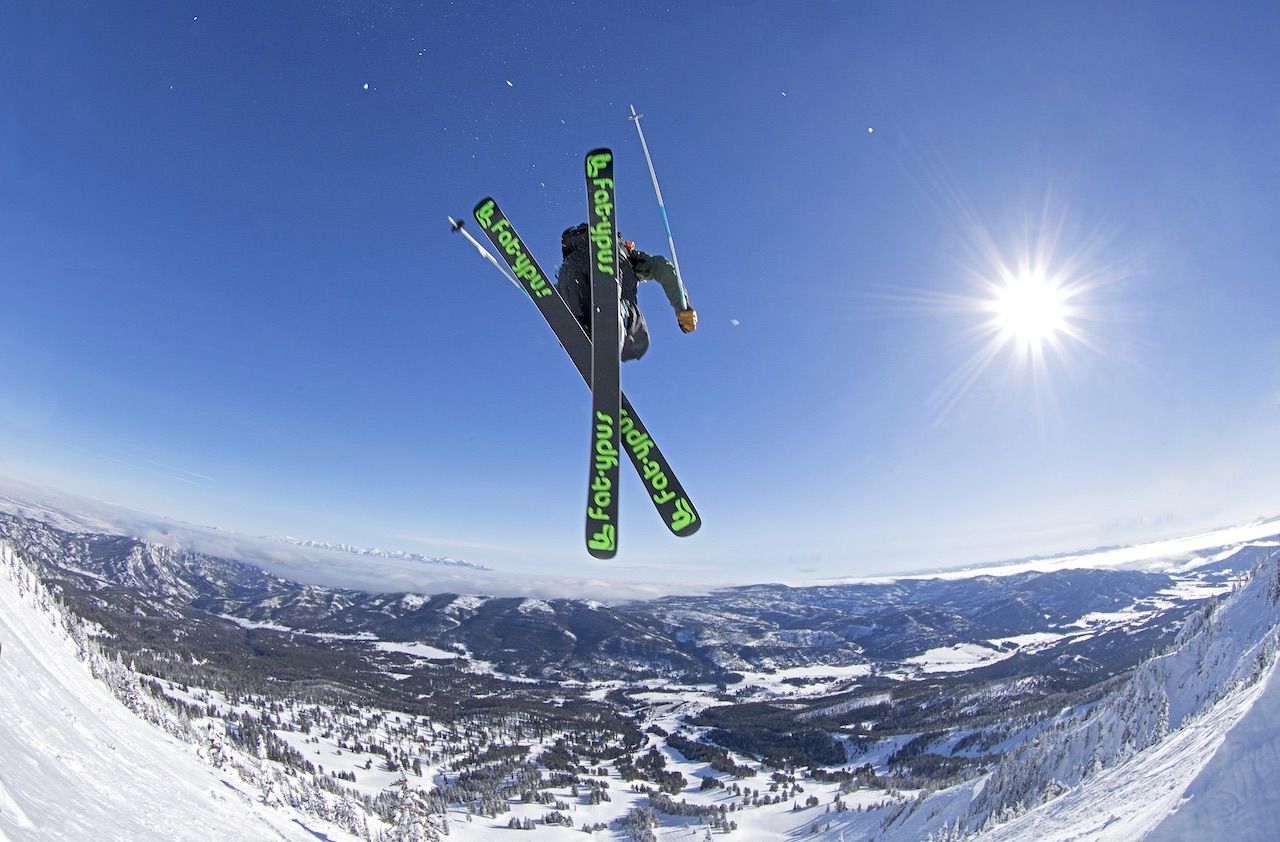
Photo: Pat Clayton
Whether you’re approaching the area from Billings, Helena, or West Yellowstone, you’ll be driving through high alpine meadows and thick pine forests, along scenic ridges and mighty rivers, past rocky canyons and unpretentious mountain towns. In every direction is something to make you stop in your tracks — so leave time in the itinerary. You’ll be going fast enough once you get here.
Above all, keep in mind: Safety first, adventure second. When you’re ready, Yellowstone Country Montana’s wide-open slopes will be, too.

